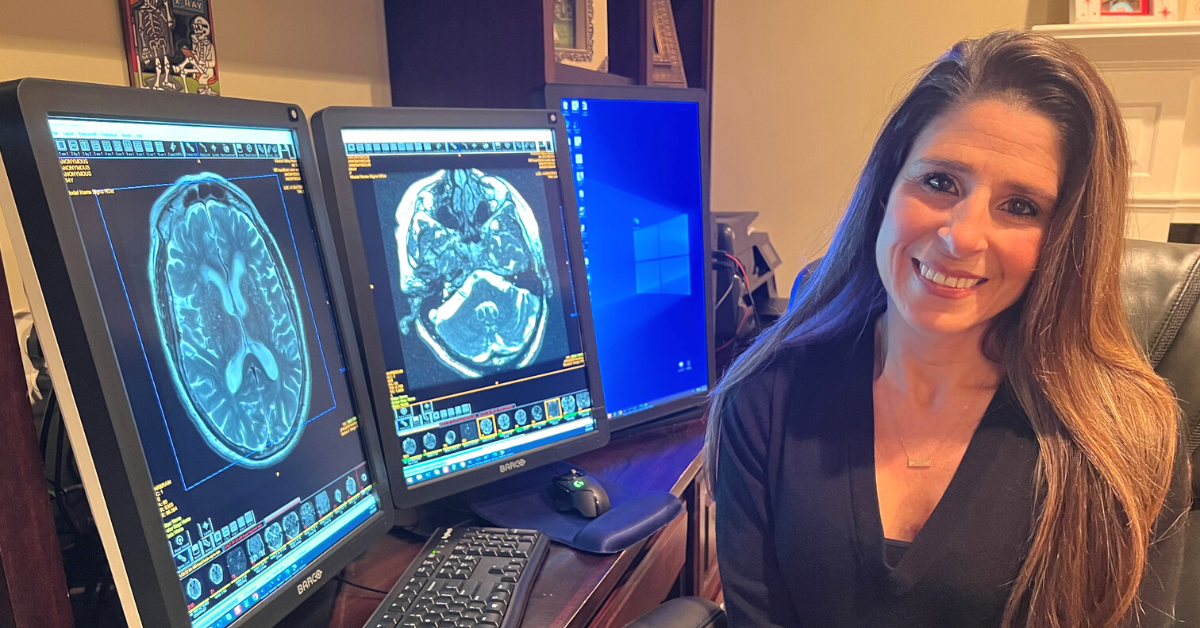.jpg?width=1200&height=628&name=Blog_Header_1200x628%20(3).jpg)
3 min read
Innovation in the Reading Room: STATdx Just Got Much More Convenient for Radiologists
Steve Jobs once famously said that you have to start with the customer experience and work backwards to the technology. I am a strong believer in this mantra as it serves imaging providers very well when we think of our radiologists as our “internal...
Read More









.jpg?width=1024&height=576&name=vRad-High-Quality-Patient-Care-1024x576%20(1).jpg)







%20(2).jpg?width=1008&height=755&name=Copy%20of%20Mega%20Nav%20Images%202025%20(1008%20x%20755%20px)%20(2).jpg)



-1.jpg?width=1200&height=628&name=Blog_Header_1200x628%20(2)-1.jpg)

.jpg?width=1200&height=628&name=Blog_Header_1200x628%20(2).jpg)

.png?width=1200&height=628&name=Blog_Header_1200x628%20(46).png)
.png?width=1200&height=628&name=Blog_Header_1200x628%20(41).png)
.png?width=1200&height=628&name=Blog_Header_1200x628%20(40).png)
-1.png?width=1200&height=628&name=Blog_Header_1200x628%20(12)-1.png)